10 Tips on Safely Singing with Rasp or Distortion
Adding distortion or rasp to your voice can enhance your singing or speaking style, but it’s important to do so safely to avoid damaging your vocal cords. Sometimes your favorite singers are doing it correctly and sometimes they’re not! Here are some techniques to achieve distorted vocals without hurting yourself:
1. Breath Support: Ensure you have solid breath support. Engage your diaphragm and maintain steady airflow to control your vocal production.
2. Vocal Warm-ups: Always warm up your voice before experimenting with distortion. Gentle humming, lip trills, and sirens can prepare your vocal cords. I typically recommend people go a step further and do some yawn techniques exercises to open up the throat as a part of your set up as well. Try THIS FREE VIDEO or check out my LIBRARY for more extensive workouts.
3. False Cord Technique: This involves using the false vocal cords (or vestibular folds) to create a raspy sound. Practice engaging these folds without straining your true vocal cords by doing a very gentle dog bark sound (ruff!) or using a deep gutteral ‘Ho!’ (aggressive Santa LOL). For more on this, sign up for lessons at the bottom of this blog.
4. Growling: This technique, often used in metal and rock music, can be practiced by starting with a clean tone and gradually adding a gravelly sound. Start softly and focus on keeping your throat relaxed.
5. Vocal Fry: This is a low, creaky sound produced by relaxing the vocal cords. It can be a safe way to add a raspy quality when done correctly. Begin with a soft "uh" and allow your voice to drop into fry. Gentle is the key.
6. Resonance Adjustments: Experiment with changing the shape and position of your mouth, throat, and tongue to find a sound that adds rasp without strain. Forward placement can often enhance distortion without pushing too hard. Try this in combination with vocal fry too.
7. Microphone Techniques: If you’re performing live or recording, using a microphone effectively can help achieve a distorted sound. Get close to the mic and use dynamic control to enhance the effect. Most heavy live vocals use a great deal of mic technique that give the smoke and mirrors illusion of pushed and intense vocals that are truly without much effort!
8. Hydration and Vocal Health: Staying hydrated is crucial. Drink plenty of water and avoid caffeine and alcohol before singing. Consider using a humidifier to keep your vocal cords moist. If you’re practicing with distorted vocals it is extra important to take care of your voice because it is very easy to accidentally push too much!
9. Recording and Effects: In a studio setting, you can use audio effects like distortion or overdrive to achieve a raspy sound without straining your voice.
10. Professional Guidance: If you plan to integrate distortion regularly into your vocal style, consider working with a vocal coach. They can provide personalized techniques and ensure you maintain vocal health.
Try to maintain a balanced airflow and always listen to your body and stop if you feel any pain or discomfort. Proper technique is essential to avoid long-term damage. Ready to work on your voice? Sign up using the button below!

